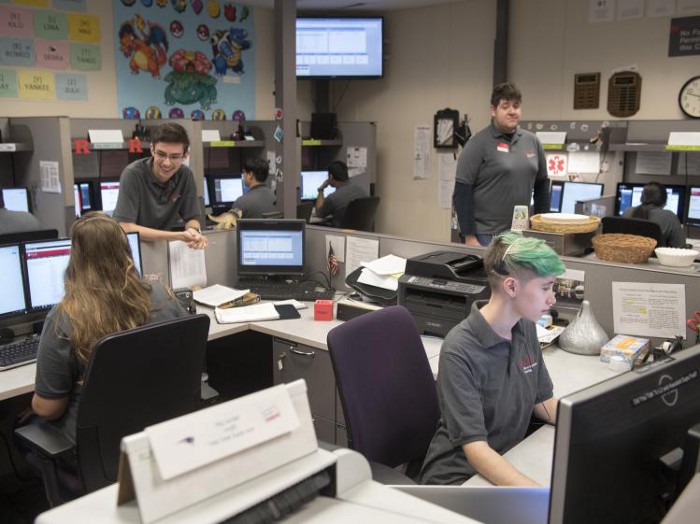To remote or not ? That’s the question

As pandemic subsides, a lot of companies have started calling employees to return to the office. Some of these companies have done little to change the work culture without realizing that employees will not be looking back to go to the office without significant changes in the workplace. Goldman Sachs when asked employees to return to the office, only 50% of employees have turned up in the office.
Before the pandemic, in 2019, about 4 percent of employed people in the U.S. worked exclusively from home; by May 2020, that figure rose to 43 percent, according to Gallup. We have realized that productivity is at its peak when working from home. It is now possible to deeply focus on work from the comfort of come sitting in Pajamas. We save on commuting costs and time and use it more productively to solve personal or business problems. There are of course some cons as well. The boundaries between work and personal life have become narrower, some of us feel more lonely and of course, collaborative whiteboard brainstorming is a big challenge over the virtual meetings. So some of us are indeed looking to go back to the office.
The solution is of course hybrid work environment where employees can go to the office 2/3 days a week and work remotely the rest of the days. However, a lot of companies just stop at this and do not innovate workplace changes to ensure that employees are indeed looking to come back to the office. Here are a few things that I would recommend companies to adopt before asking people to return or risk falling flat on the face.
Open offices are a nuisance: For a long time software companies in the bay area have been promoting open office culture under the pretext of improving collaboration. Thats a pure marketing gimmick. I feel an open office is a pure nuisance. The open office is like a fish market where there is constant noise. People keep disturbing each other time and again (Hey Do you know how the printer works?, Did you watch football last night?, How does this thing work in excel?)

Software programming requires a lot of creative thinking as engineers are solving real problems in an optimal fashion. It requires deep focus. Having few offices where employees can focus does not help because all employees need to have focus. So we need an environment where each employee can work with deep focus most of the time. When it’s time to collaborate, we need a few pods where employees can come together once or twice a day to brainstorm on complex problems. I have worked in companies like Microsoft where there is an office for every employee by default and pods for collaboration activities. When I moved out of Microsoft, the next set of companies have opened offices and my productivity took a huge hit. I had to go through hoops to get to a place where there is a minimum disturbance.
Commute: Commuting to a workplace is another big waste of time and energy. It is an activity where you just sit in the traffic and pollute the environment. I used to travel to the Microsoft office in Mountain View from San Jose. It was 17 miles of commute and used to take me 90 minutes each way. I did this for 8 years. The commute time was one of my major reason to move away from Microsoft. Companies can tackle this problem by allowing employees to reduce commute hours by working remotely as much as needed and flex commute hours when employees must come to the office. Companies must also avoid meetings during peak traffic hours like 8 AM when a lot of employees need to drop their kids to the school.
What employees can do?
Establish Core working days in the office: Individual teams of employees who often work together also must decide which days work for most of the team members and establish core days where they want to come to the office. They need to rearrange meetings to get maximum benefits on the days when they are in the office.
Going Async: Software engineers do complain a lot that they are in meeting most of the time. If you look closely, we can do away with most of the meetings by doing really good documentation on work status, design and system architecture, creating FAQs, Playbooks for new employees. Good documentation goes a long way in people reading it asynchronously during the time slot thats convenient to them and providing review comments and approval over email. The hybrid environment is ultimately the right solution post-pandemic but to adopt it successfully companies must reorganize the workplace and employees need to adjust their mindset.